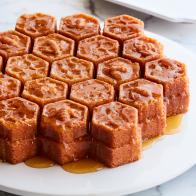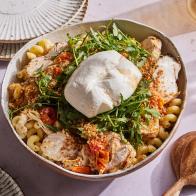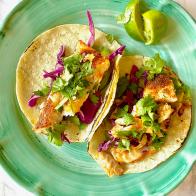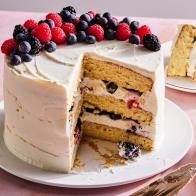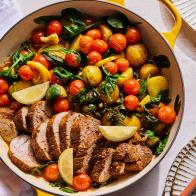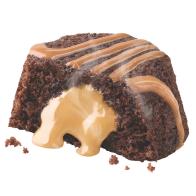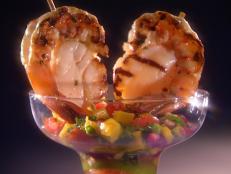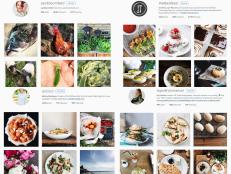1 / 11
Photo: Hinterhaus Productions/Getty Images
Lights! Camera! ... Bacon?
It's no secret that we eat with our eyes first. Social media stars and app developers are capitalizing on it — and you can, too. Photographing a meal is so common these days that if you're not whipping out your smartphone to take a quick picture of your cocktail, did it even really happen?
But taking the perfect photo of your refreshing margarita isn't always easy. Read on for pro-tips on how to get the shot, enjoy your meal and rack up all the likes.
